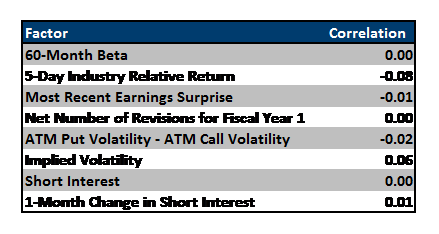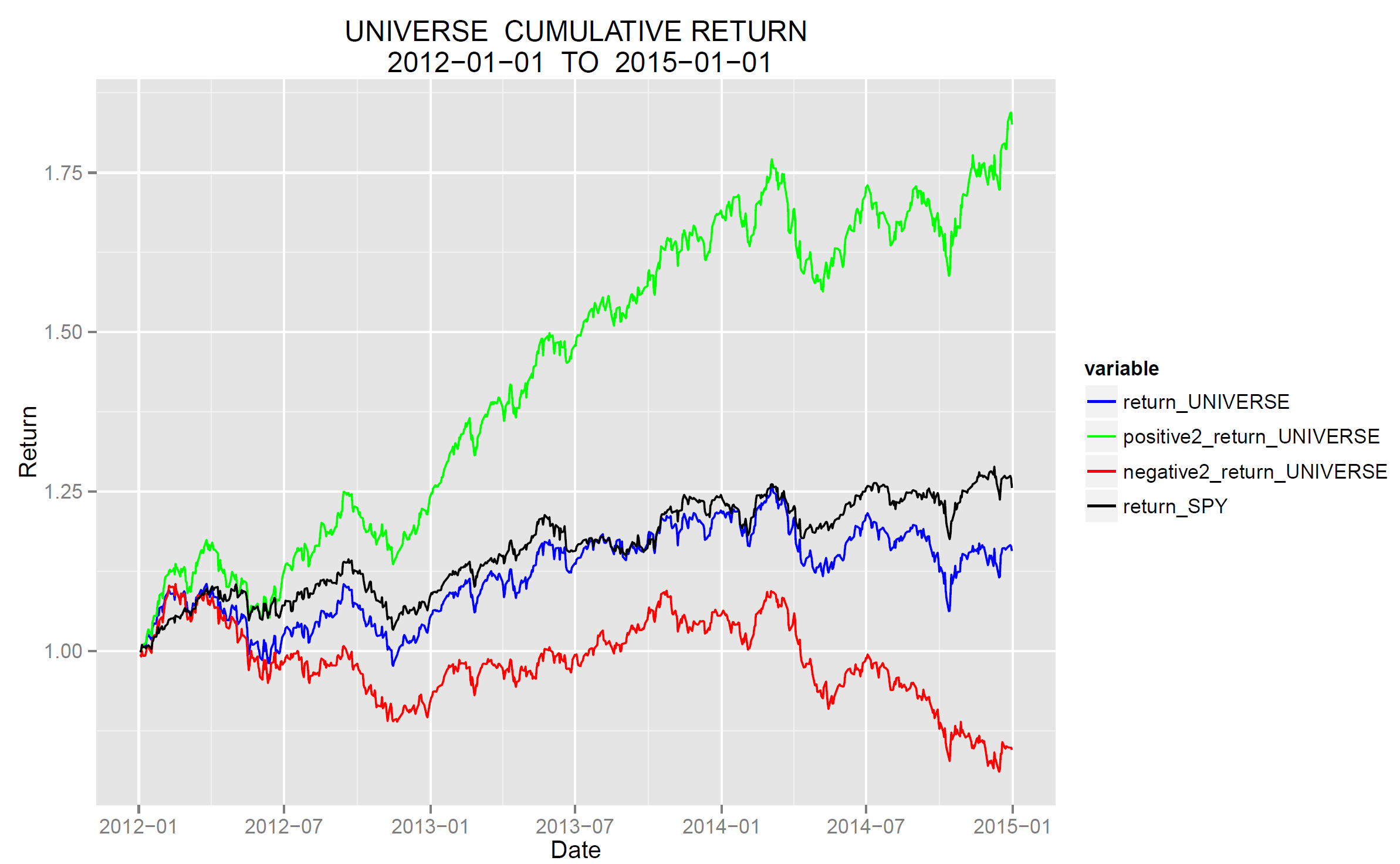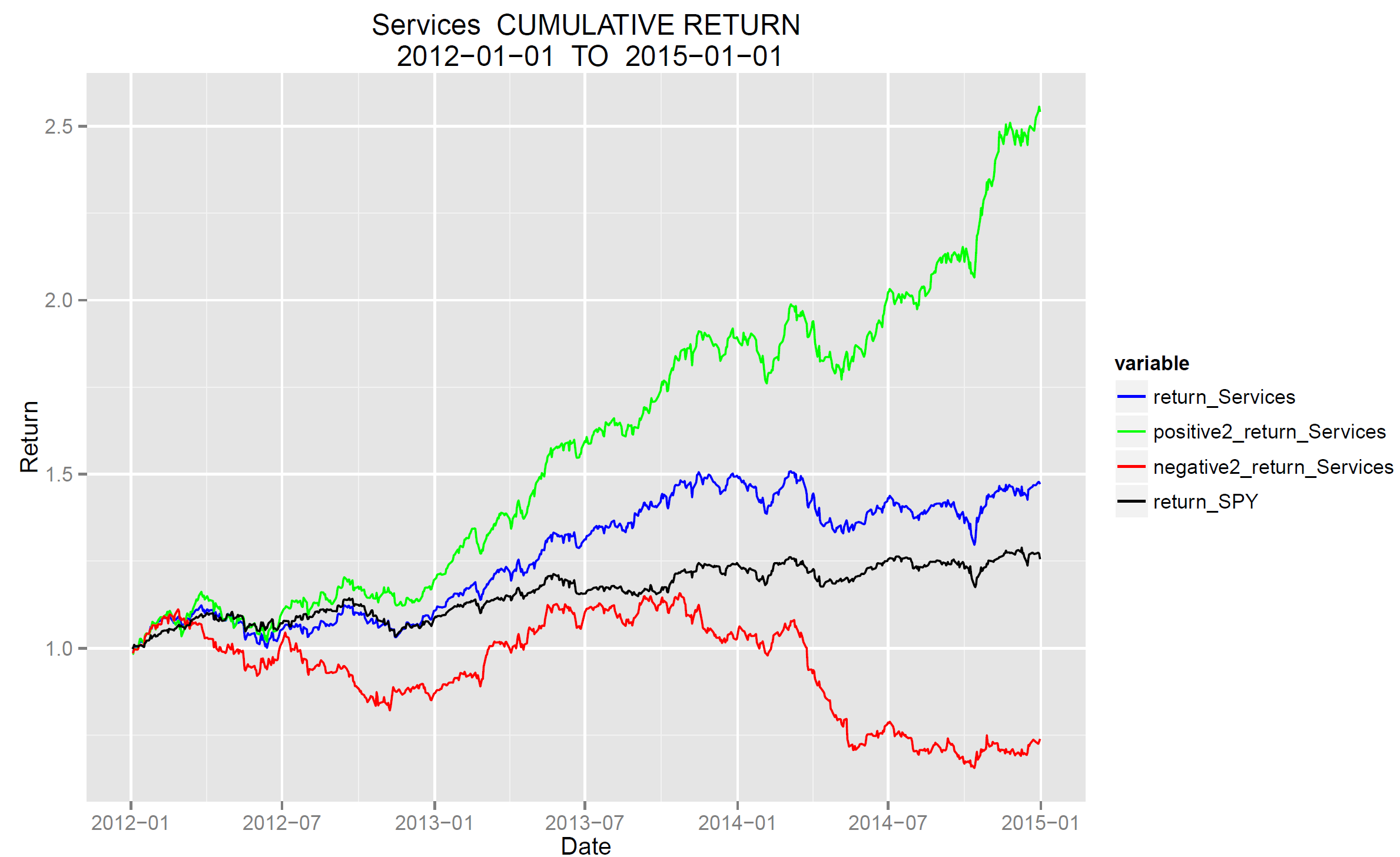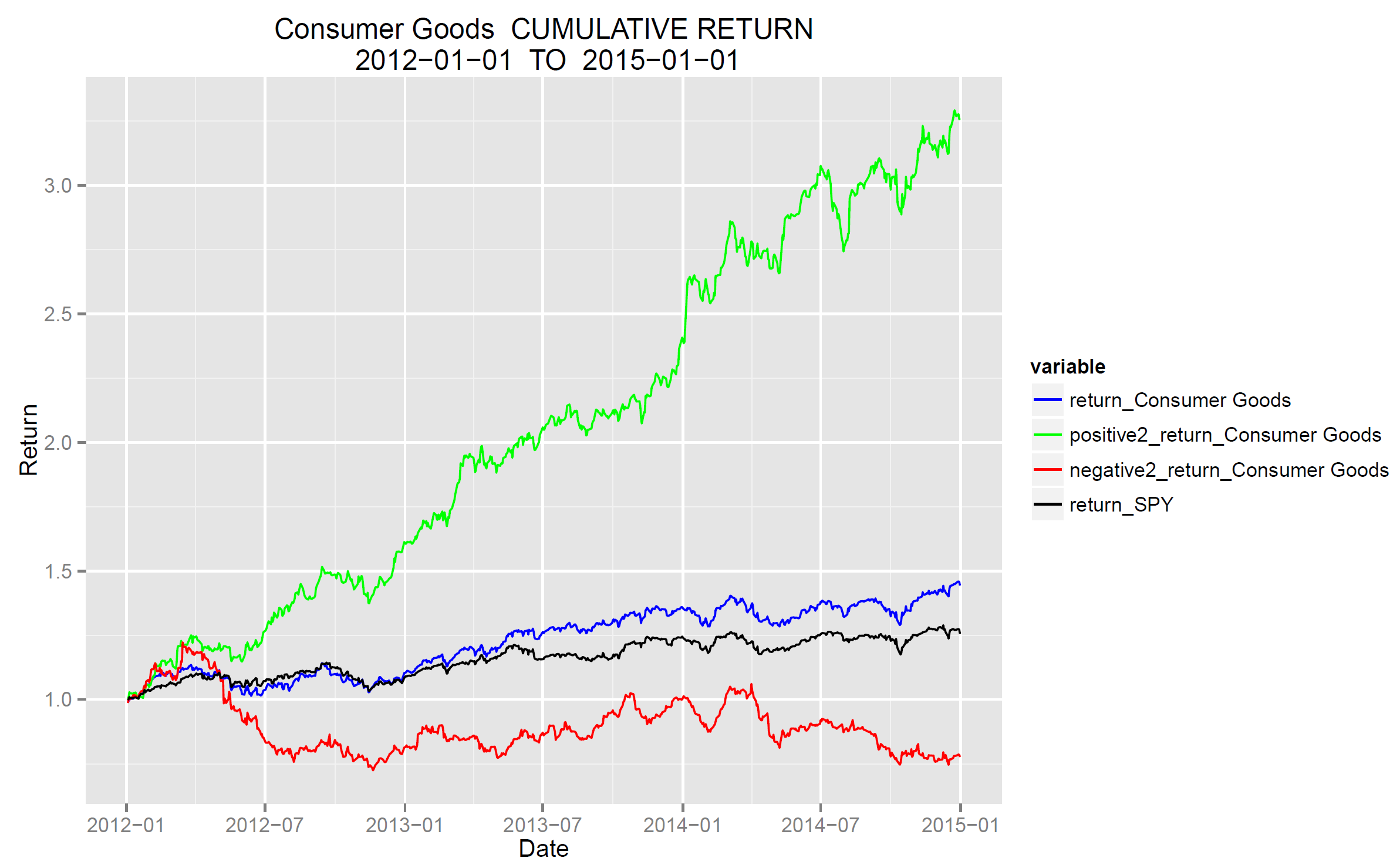A Leader in Unstructured Financial Data
Social media is a unique form of information dissemination. To illustrate the unique signal represented from social media a partner of ours, Markit, did a study to look at the correlation of social media based factors with traditional financial factors. The resultant table below illustrates the unique information being presented with social media signals. As you can see all correlations are near zero.
Does social media lag or does it lead?
Many times social media discusses events as they unfold. Some examples include:
Earnings Reports – $CLC CLARCOR Reports Record Third Quarter Diluted Earnings Per Share
New Products – Mobile Weekly Notes: Record iPhone Pre-Orders, Android One Platform, BlackBerry
Changes in Ratings – Dunkin Brands Group Receives “Overweight” Rating from Barclays
Technical Analysis – CL_F 87.40 point of interest. Price Structure is short on all frames. Looking for shorts now
Prior to an event (like those named above), social media actively discusses expectations and is likely to report the actual event first. We find the ability of social media to beat traditional news sources is dependent on the size of market capitalization. The largest market cap securities are actively followed by ALL media so social media’s lead-time in these cases is short. As you move out of the top 100 market cap stocks, social media can beat traditional news outlets by minutes. More importantly, social media discusses expectations for the potential impact on securities prices and consensus are formed. Professional traders will discuss their opinions on the impact of these events. In this regard, social media always beats the general public. People are posting opinions immediately as events unfold. When speaking about investments and projected movements of securities prices, we have found it’s not just what’s being said, but who is saying it and how many people are saying it.



